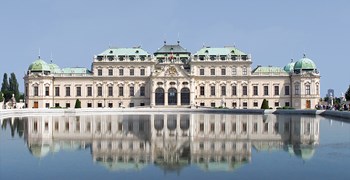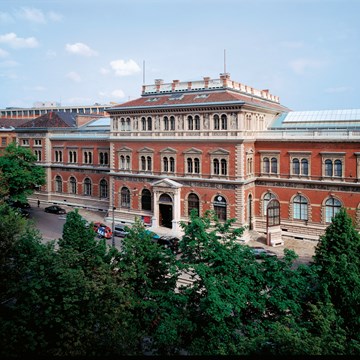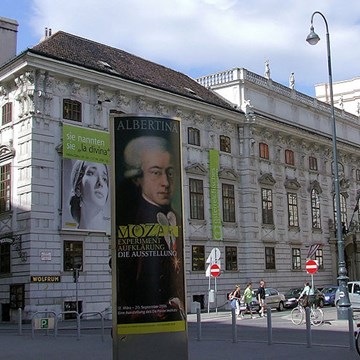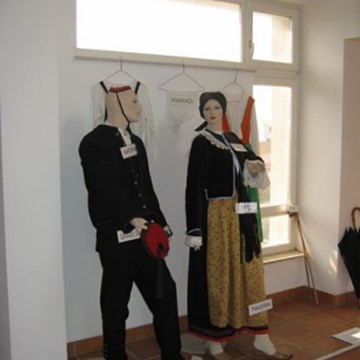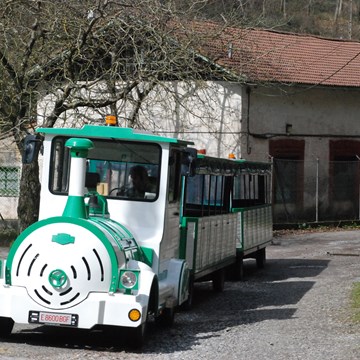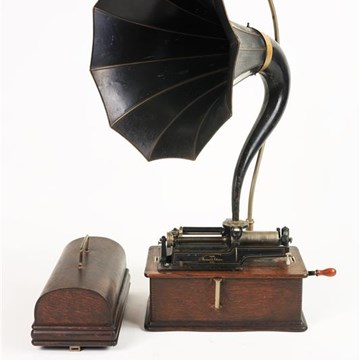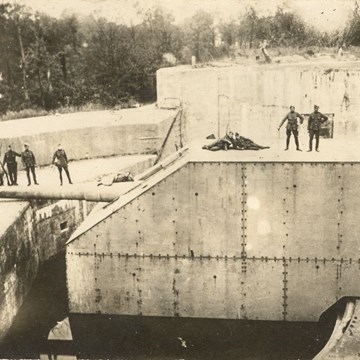SIN AND SECESSION Franz von Stuck in Vienna
Franz von Stuck’s scandalously erotic paintings, first and foremost The Sin, were both popular and controversial during his day. But his renown did not arise from his subject matter alone. Stuck also set new standards through his pictorial compositions and his compelling designs for the Munich Secession (founded 1892). The Vienna Secession emulated the latter when it was established in 1897.
Stuck’s many contacts with Vienna have been explored in only a few essays, mainly in relation to the one year younger Gustav Klimt. This is surprising as Stuck’s first major monographic exhibition was staged in Vienna at the Künstlerhaus as early as 1892. Stuck was a shooting star in his day and became well known in Vienna through his work on the portfolios Allegories and Emblems (from 1882) and Cards & Vignettes (1886), commissioned by the publisher Gerlach.
The exhibition presents an opportunity to consider Franz von Stuck’s work in graphic art, painting, sculpture, and photography, both interrelated and as a whole, and to examine his wide impact on Viennese art. It fills a gap and sheds fresh light on fin-de-siècle Vienna and its productive links with Munich’s “painter prince” Franz von Stuck.
Exhibitions and events

Permanent Presentation at the Upper Belvedere
Permanent exhibitionThe Upper Belvedere houses the impressive collection of Austrian art dating from the Middle Ages to the present day. At the heart of the displays of "art around 1900" is the world’s largest...
Activities from this museum
We don't have anything to show you here.
